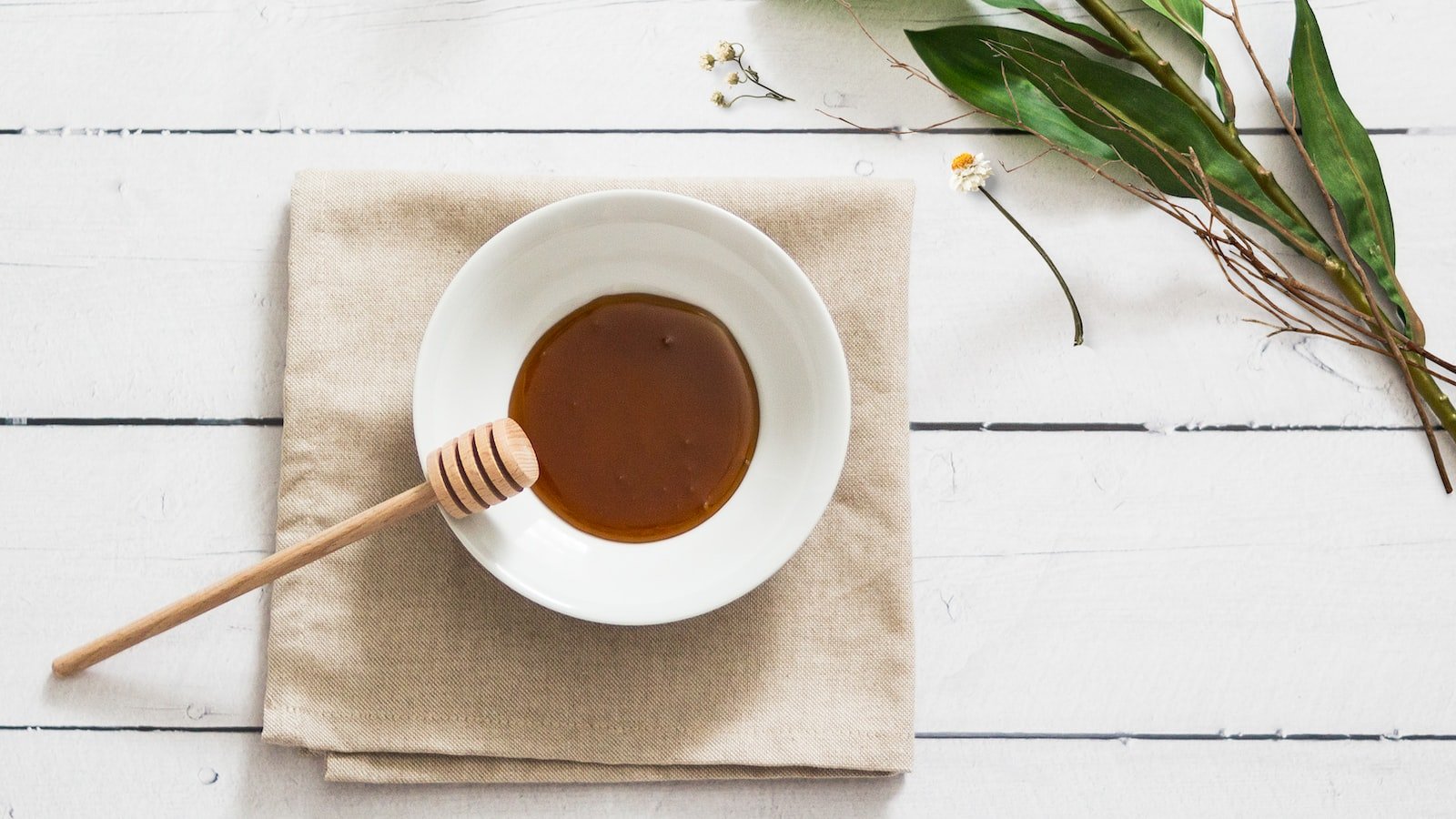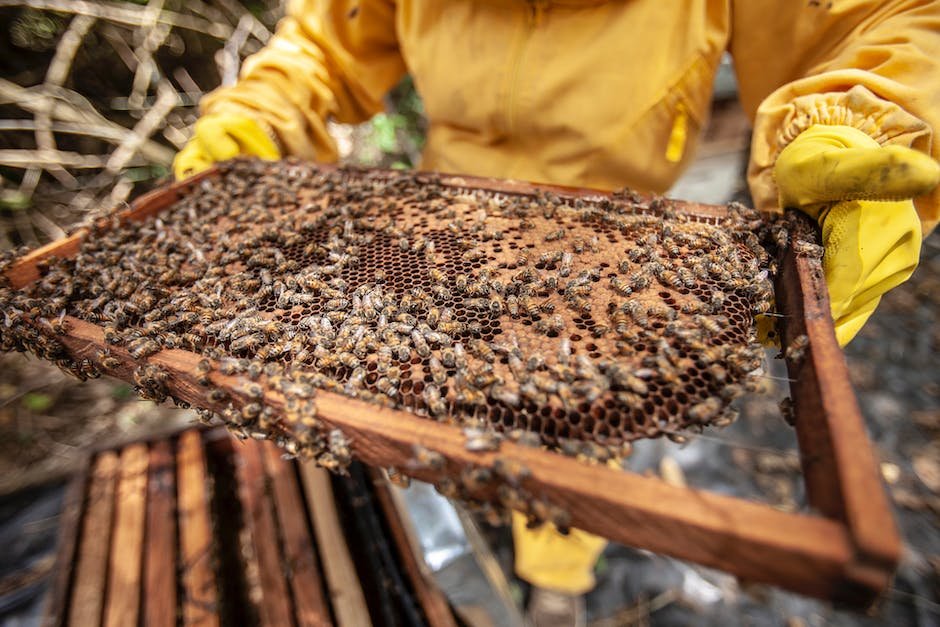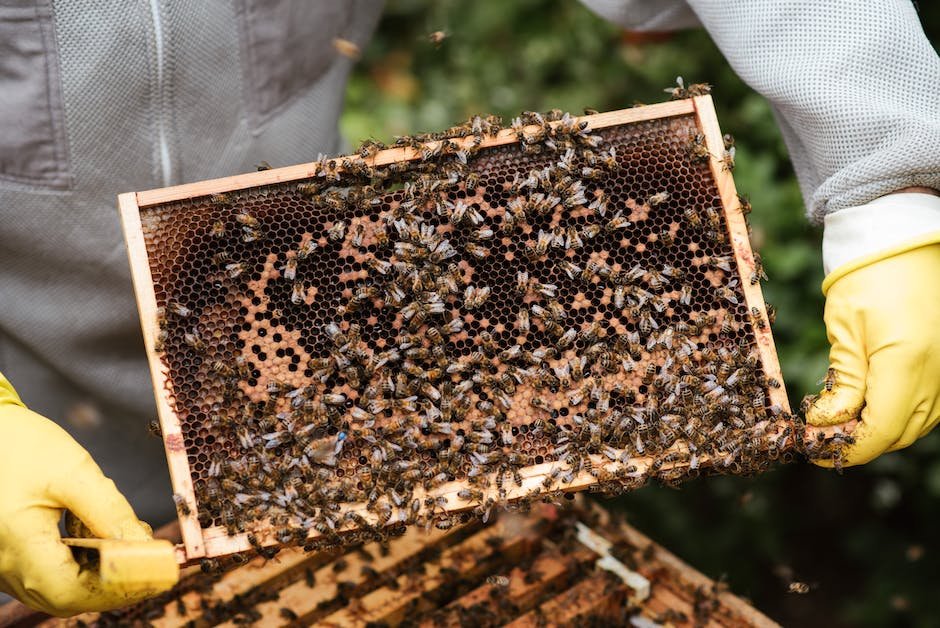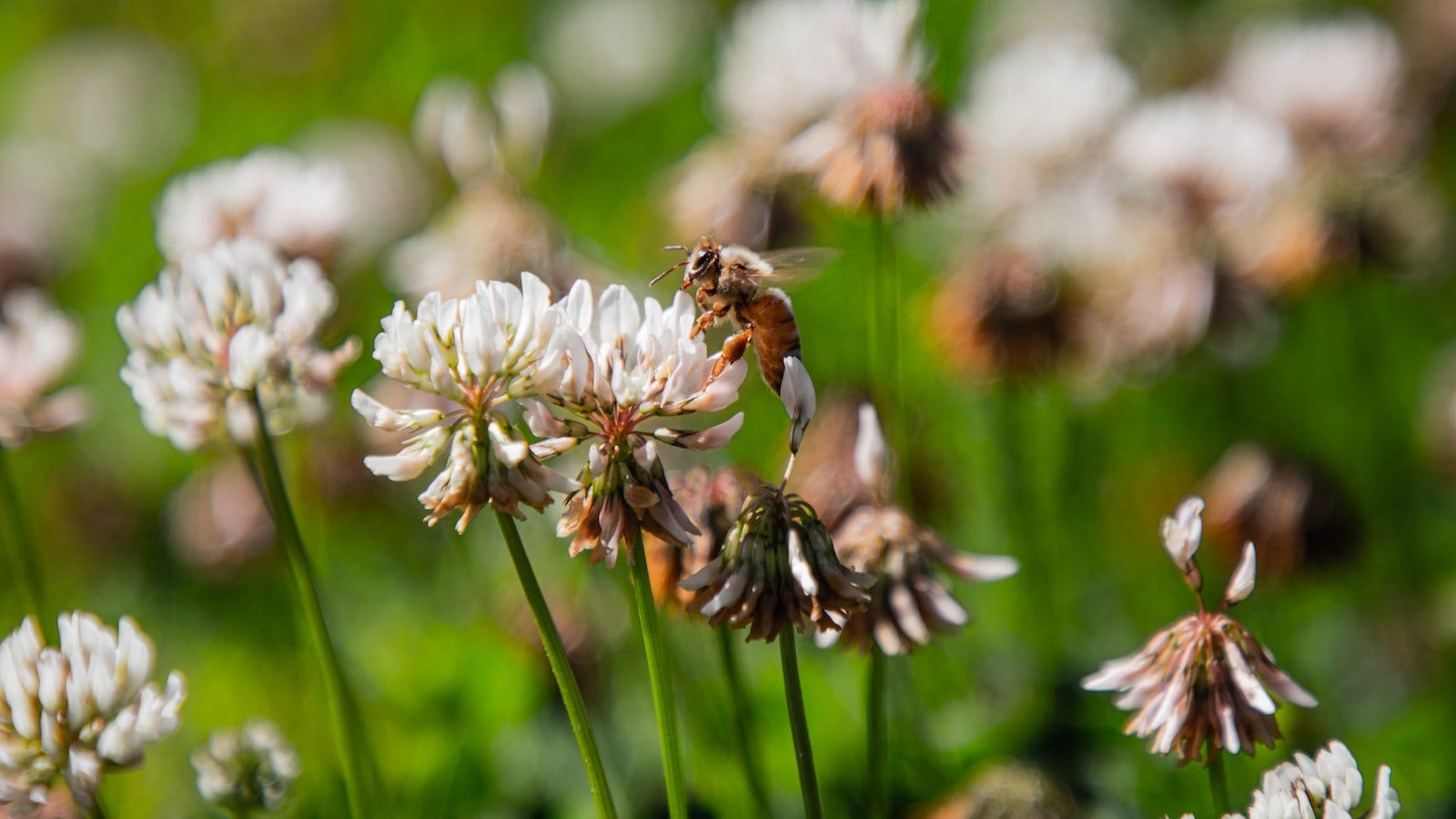As the warm embrace of spring blossoms gives way to the sweet caress of summer, beekeepers around the world eagerly anticipate the arrival of honey harvesting season. A time of sheer wonder and excitement, this crucial phase brings forth the fruits of the tireless work done by our buzzing little friends, the honeybees. But before we can savor the liquid gold they so graciously gift us, a magnificent journey lies ahead – one that involves meticulous preparations to ensure a bountiful harvest awaits. In this enchanting guide, we delve into the intricacies of hive preparation, revealing the secrets to guaranteeing a successful honey gathering extravaganza. So let’s don our beekeeper hats, gather our tools, and embark on this delightful adventure, where we unlock the pathway to a hive buzzing with honey implications.
Table of Contents
- Getting Ready for Honey Harvesting Season: Essential Hive Preparations
- Ensuring Optimal Bee Health: Pre-Harvest Hive Inspection and Maintenance
- Timing is Key: Determining the Right Moment to Harvest Honey
- The Art of Beekeeping: Harvesting Techniques and Best Practices
- Preserving Honey Quality: Proper Extraction and Storage Methods
- Q&A
- Future Outlook

Getting Ready for Honey Harvesting Season: Essential Hive Preparations
As the honey harvesting season approaches, it’s time to get your beehives ready for the busy days ahead. Proper hive preparations are crucial for a successful and bountiful harvest, ensuring your bees are healthy and your honey is of the highest quality. Here are some essential steps to take:
- Inspecting and cleaning: Before the honey flow begins, carefully inspect each hive to ensure there are no signs of disease or infestation. Remove any old or damaged frames and clean the hive thoroughly. This will provide a clean and hygienic environment for your bees to thrive.
- Supering up: Honey supers are the stacked boxes where bees store their honey. It’s important to add additional supers to the hives to accommodate the surplus honey production. Make sure to include foundation frames to provide a base for the bees to build their comb. This encourages efficient honey production and prevents swarming.
- Feeding and nourishment: To support honey production, it’s essential to ensure your bees have an ample supply of nectar and pollen. Consider placing additional feeders, such as entrance feeders or top feeders, inside the hive. This will provide a supplementary source of food during periods of low forage, giving your bees the energy they need to produce delicious honey.
- Protecting against predators: During the honey harvesting season, it’s not just the beekeepers who are excited about the sweet rewards – other insects and animals may have their eyes on your hives too. Take measures to protect against predators such as ants, wasps, and bears. Utilize hive stands with ant moats, entrance reducers, and electric fencing to keep your hives safe and secure.
- Equipping your beekeeping gear: Last but not least, prepare your beekeeping gear for the honey harvesting season. Clean and sanitize your protective clothing, smoker, and tools to prevent the spread of disease. Check that your extractor, filtering equipment, and storage containers are in working order to ensure a seamless honey extraction and storage process.
By following these essential hive preparations, you’ll not only set yourself up for a productive honey harvesting season but also prioritize the health and well-being of your precious bees. So, roll up your sleeves, put on your beekeeper’s hat, and get ready for a sweet and successful harvest!

Ensuring Optimal Bee Health: Pre-Harvest Hive Inspection and Maintenance
As responsible beekeepers, it is crucial for us to prioritize the health and well-being of our buzzing friends. One of the key steps in safeguarding their optimal health is through regular pre-harvest hive inspection and maintenance. These inspections not only provide valuable insights into the condition of the hive but also allow us to identify and address any potential issues before they escalate.
Here are some important pre-harvest hive inspection and maintenance practices to consider:
- External Hive Examination: Begin by carefully examining the exterior of the hive for any signs of physical damage, such as cracks, loose panels, or deteriorating structures. Adequate hive ventilation is essential, so ensure that the hive entrance is clear and unobstructed.
- Internal Hive Assessment: Once the external inspection is complete, it’s time to delve inside the hive. Open the hive gently and observe the bees’ behavior, noting any unusual signs, such as aggression or increased defensive behavior. Inspect the frames for signs of disease or pests, like the dreaded Varroa mites or foulbrood. Remove any debris or dead bees that may have accumulated.
- Queen Health Check: The queen bee is the heart and soul of the hive, so her well-being should always be a priority. Look for her presence and check the brood pattern for any abnormalities. Ensure that she is laying eggs consistently, a sign of a healthy queen.
- Supers and Honey Harvest: Evaluate the supers, the upper sections of the hive where surplus honey is stored. Assess the honey frames and combs for honey quality and abundance. Make sure the honey is capped, indicating readiness for harvest, and that the frames are free of pests or diseases.
Remember, a proactive approach to hive inspection and maintenance serves as a foundation for beekeeping success. By prioritizing the well-being of our industrious pollinators and attentively addressing their needs, we can ensure their optimal health and thriving honey production.

Timing is Key: Determining the Right Moment to Harvest Honey
When it comes to harvesting honey, timing plays a crucial role in ensuring a successful yield. Each stage of the honey-making process is unique and requires specific conditions for optimum results. Here’s a guide to help you determine the right moment to harvest your honey:
- Observe the Bee Behavior: Bees are nature’s best timekeepers. Before harvesting honey, carefully observe the behavior of your honey bees. When you notice a significant decrease in their nectar collection activity and a change in their overall busyness, it could indicate that a bountiful harvest is near.
- Check the Honeycomb Color: The color of the honeycomb is another reliable indicator of honey maturity. Typically, a fully ripe honeycomb turns from its initial pale color to a darker shade, often presenting a rich golden hue. This color change signifies that the honey is at its peak flavor and consistency, signaling the perfect moment to harvest.
- Perform a Honey Ripeness Test: To ensure your honey is harvested at the right time, perform a honey ripeness test. Take a small spoonful of honey from the honeycomb and examine its viscosity. If the honey is thick and flows slowly like a delicate ribbon, it’s a sign that it’s reached its desired ripeness. However, if it’s still runny or watery, the honey requires more time for ripening.
By paying close attention to the behavior of your honey bees, monitoring the honeycomb color, and performing a honey ripeness test, you’ll be able to pinpoint the optimal timing for harvesting your honey. Remember, patience and precise timing will reward you with the finest, most delicious golden nectar nature has to offer.

The Art of Beekeeping: Harvesting Techniques and Best Practices
Beekeeping is an ancient art that requires both patience and skill. As beekeepers, one of the highlights of our journey is the exciting process of harvesting honey from our buzzing friends. To ensure a successful and sustainable harvest, it’s essential to master various techniques and follow best practices. Here, we explore some valuable insights into the art of beekeeping and the optimal ways to harvest honey.
Harvesting Techniques:
- Timing is everything: Bees work tirelessly to collect nectar and convert it into honey. To maximize your harvest, it’s crucial to check the hives regularly. Harvesting at the right time, when the honey frames are fully capped, guarantees a higher quality yield.
- Smoke it right: Using a smoker is an essential tool in beekeeping. Lightly smoked bees tend to be calmer, making the harvesting process less stressful for both you and the hive inhabitants. Remember, a gentle touch ensures a harmonious and successful harvest.
- Frame handling: When removing frames, it’s important to be mindful of the bees’ well-being by gently brushing or shaking off any resident bees. Once extracted, ensure to keep the frames away from direct sunlight or harsh conditions to maintain the honey’s integrity.
Best Practices:
- Healthy hives, happy bees: Regular hive inspections are essential to monitor the colony’s strength, disease prevention, and overall health. A thriving hive translates to a healthier and more productive honey harvest.
- Respect nature: Beekeeping is a symbiotic relationship between beekeepers and these remarkable creatures. It’s important to provide bees with a diverse range of blossoms, allowing them to forage and produce a unique and delicious honey flavor, reflecting the local environment.
- Education and adaptation: Beekeeping practices continue to evolve, driven by research and hands-on experience. Stay updated with modern techniques, such as integrated pest management and sustainable hive management methods, to promote bee vitality and enhance honey production.
In conclusion, harvesting honey is not merely a task but an art form that requires finesse and sensitivity. By employing appropriate techniques and implementing best practices, beekeepers can ensure a bountiful harvest while prioritizing the well-being of our incredible pollinators. Remember, the art of beekeeping is a lifelong learning journey, and honing your skills will undoubtedly yield sweet rewards.
Preserving Honey Quality: Proper Extraction and Storage Methods
When it comes to preserving the quality of your honey, proper extraction and storage methods are crucial. These steps ensure that the flavor, texture, and nutritional value of your honey remain intact for a long time.
Extraction Methods
One of the primary factors in maintaining honey quality is the extraction process. It is important to employ gentle methods that minimize heat and exposure to air, as excessive heat and prolonged contact with air can lead to the deterioration of the honey’s natural properties.
- Uncapping: Before extracting the honey, it is essential to uncap the honeycomb cells properly. This can be done using a serrated knife, an uncapping fork, or an electric uncapping knife. The idea is to remove the thin wax layer so that the honey can flow freely.
- Extraction: Once the honeycomb is uncapped, there are various extraction methods to choose from, including manual or electric extractors. Manual extraction involves spinning frames using a hand crank, while electric extractors automate the process, allowing for larger quantities to be extracted efficiently.
- Filtration: After extraction, filtering the honey is essential to remove any impurities or debris. Using a fine mesh or cheesecloth will help achieve a smooth and visually appealing final product.
Storage Methods
Proper honey storage is vital to preserving its quality and freshness. Ensuring a stable environment away from moisture, light, and extreme temperatures will prevent the honey from crystallizing and maintain its flavor profile.
- Container Selection: Choose glass jars or food-grade plastic containers that have airtight lids to protect the honey from moisture and air exposure. Avoid using metal containers as they can potentially react with the honey and alter its flavors.
- Dark and Cool Location: Store your honey in a cool, dry place away from direct sunlight. Sunlight and heat can accelerate the honey’s natural enzymes and cause rapid deterioration.
- Avoid Refrigeration: Contrary to popular belief, refrigeration is not required for honey storage. Cold temperatures can cause moisture absorption, leading to crystallization and potential flavor changes.
Q&A
What is honey harvesting season?
Honey harvesting season is the time of year when beekeepers collect and extract honey from their hives. It typically occurs during the summer months when the bees have produced and stored enough honey for both themselves and the beekeeper.
How can I prepare my hive for honey harvesting season?
To prepare your hive for honey harvesting season, ensure that you have sufficient honey supers (the boxes where bees store honey) to accommodate the excess honey. Remove any old or unused frames, and make sure your hive is in good condition, with a strong and healthy bee population.
Should I feed my bees before honey harvesting season?
It is a good idea to feed your bees before honey harvesting season if they do not have sufficient honey stores. This helps to ensure that the bees have enough food to sustain themselves while you extract honey from their hive.
How do I know when the honey is ready for harvesting?
Check the honey supers regularly and look for capped honeycomb cells. Capping indicates that the honey is ripe and ready for harvesting. Additionally, when you observe a majority of capped cells and minimal uncapped cells, it is a good indication of honey readiness.
What tools do I need to harvest honey?
Some essential tools for harvesting honey include a beekeeping suit, gloves, a smoker, a hive tool, a bee brush, and honey extraction equipment such as an uncapping knife, honey extractor, and storage containers.
How do I extract honey from the hive?
To extract honey, begin by removing the frames with capped honey from the hive. Use an uncapping knife to remove the wax caps from the cells, then place the frames in a honey extractor to spin out the honey. Finally, strain or filter the honey into storage containers.
What should I do after harvesting honey?
After harvesting honey, return the frames to the hive for the bees to clean and refill with honey. Ensure that the hive has enough honey to sustain the bees throughout the remaining season. Store your harvested honey properly to maintain its quality and freshness.
What are some common mistakes to avoid during honey harvesting season?
Some common mistakes to avoid during honey harvesting season include harvesting honey too early, not wearing protective gear, not providing enough ventilation while extracting honey, not properly storing the extracted honey, and disturbing the hive excessively, which can stress the bees.
Future Outlook
As we bid adieu to the vibrant blossoms and bumblebees that dotted our fields and gardens, we find ourselves standing on the precipice of honey harvesting season. The time has come to gather the sweet golden nectar meticulously produced by our diligent little friends, buzzing tirelessly against the backdrop of nature’s symphony. But before we embark on this sweet adventure, let us ensure that our hives are primed and ready to offer us their liquid ambrosia.
In this article, we have delved into the intricate world of hive preparation, unearthing the secrets to a successful honey harvest. From understanding the delicate dance between the queen bee and her devoted subjects, to nurturing a healthy and productive colony, we have unraveled the mysteries that hide beneath the hive’s wooden facade.
With patience and care, we have explored the art of hive maintenance, discovering the significance of regular inspections, the imperative task of frame rotation, and how to safeguard our buzzing companions from the pesky grasps of parasites and predators. We have laid down the canvas upon which our honey harvest will soon be painted, ensuring that our reward will be as magnificent as the sun-kissed fields that surround us.
As we trudge forward into the honey-harvesting domain, let us not forget the infinite wonder and delicacy that this enchanting process encompasses. Like artists tending to their canvas, we must approach our hives with a gentle touch and an unwavering respect for the smallest of creatures on this earth.
So, fellow beekeepers, don your bee suits and arm yourselves with smokers, for the time has come to step into a world where sweetness knows no bounds. Armed with the knowledge and understanding acquired through this endeavor, let us embark on this journey with optimism and gratitude, knowing that the fruit of our labor will grace our breakfast tables and remind us of the mesmerizing rhythms of nature.
As the sun casts a golden hue on the horizon, painting the world in warmth on this eve of honey harvesting season, may the buzzing symphony of bees linger in your ears, serving as a reminder of our delicate connection to the intricate workings of the natural tapestry that surrounds us. May your hives prosper, and may your honey harvest be bountiful. Here’s to a season filled with golden sweetness and countless moments of awe-inspired wonder.
As an affiliate, my content may feature links to products I personally use and recommend. By taking action, like subscribing or making a purchase, you’ll be supporting my work and fueling my taco cravings at the same time. Win-win, right?
Want to read more? Check out our Affiliate Disclosure page.